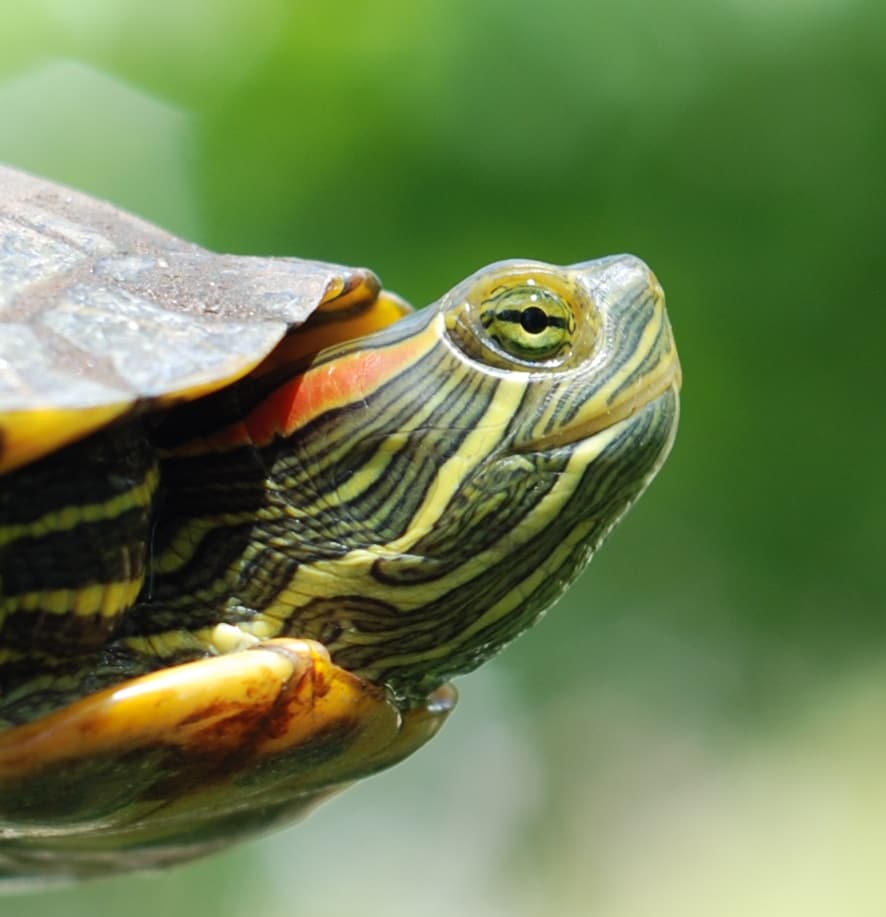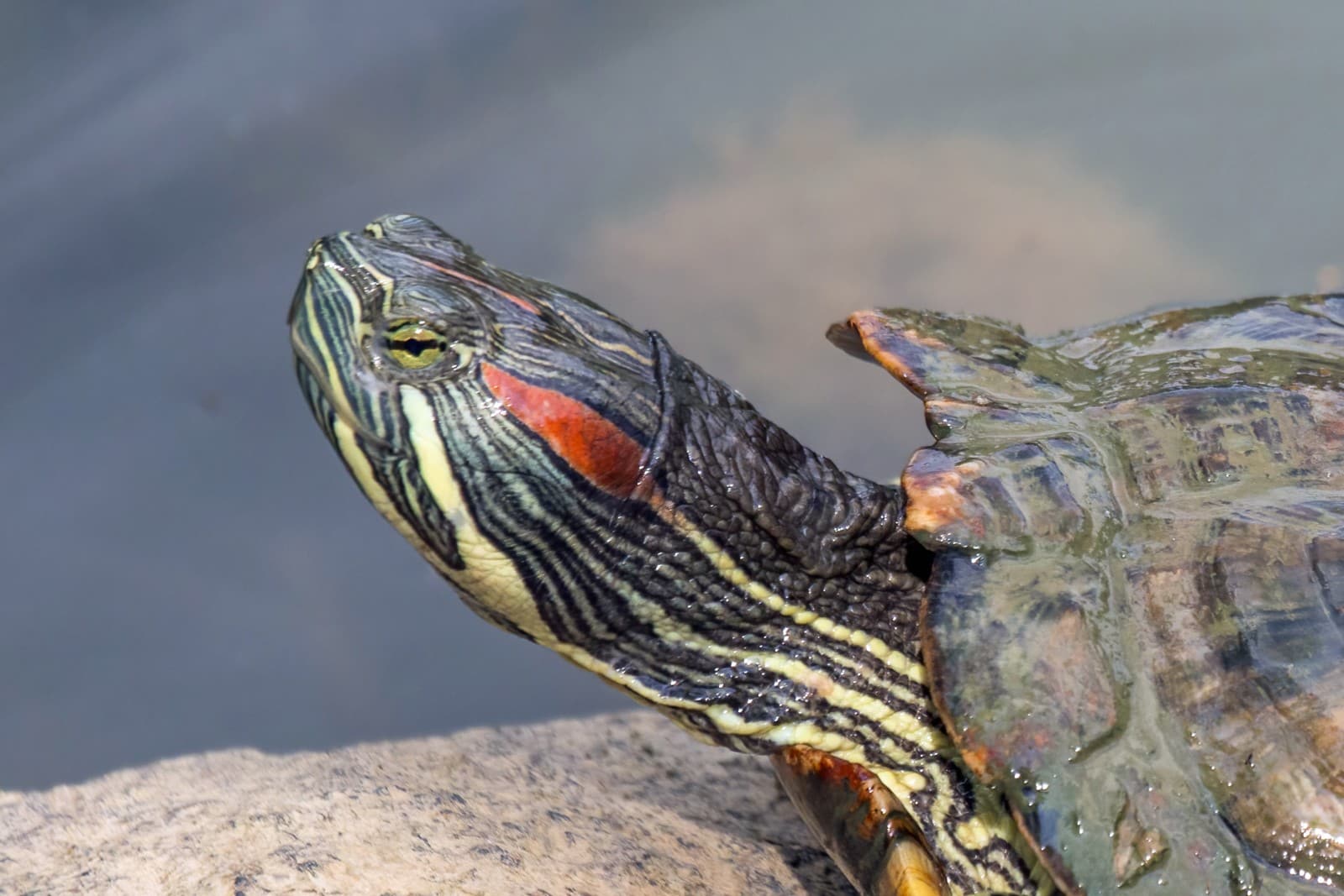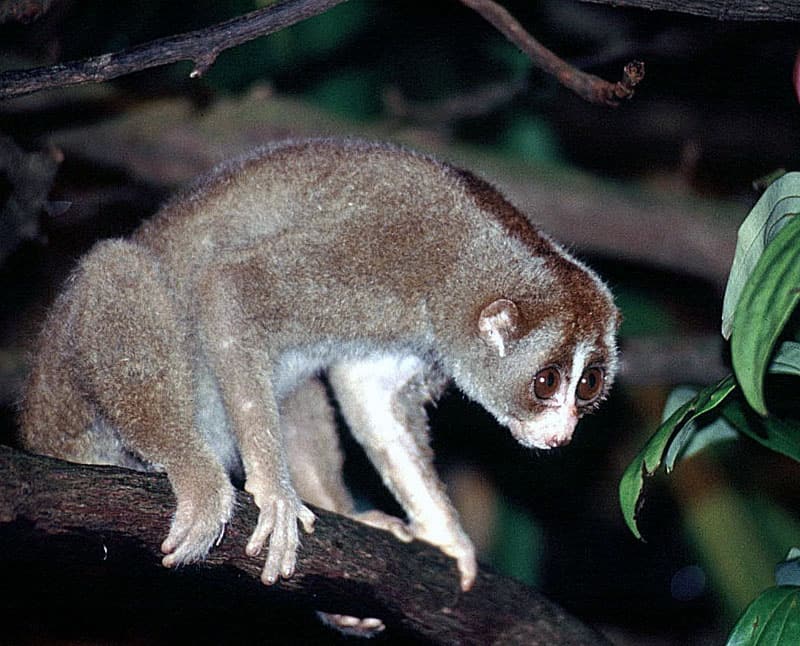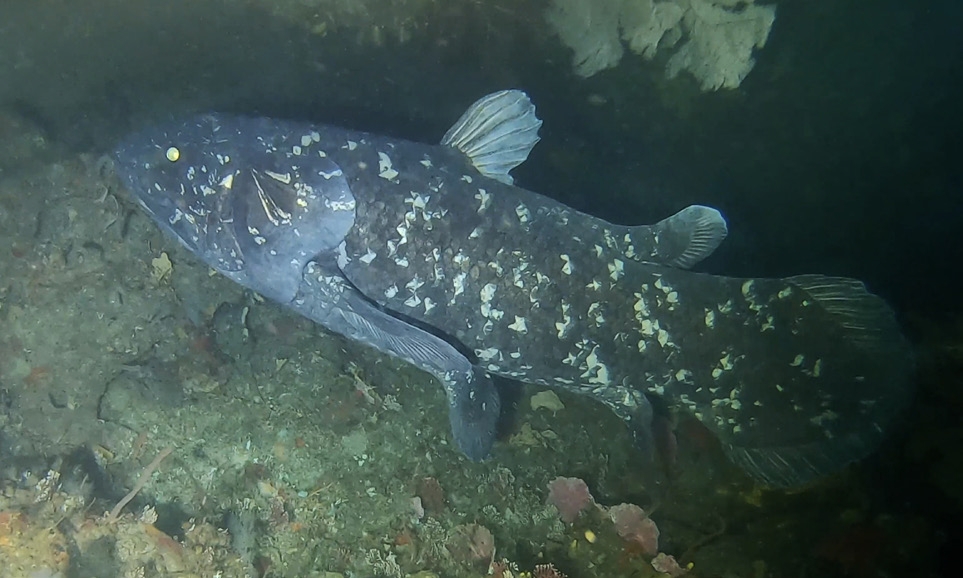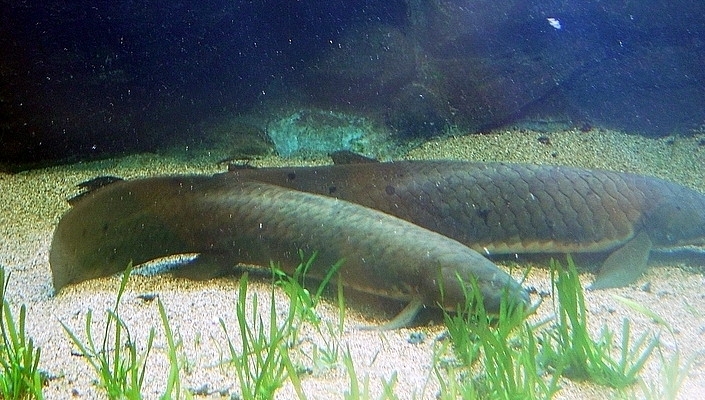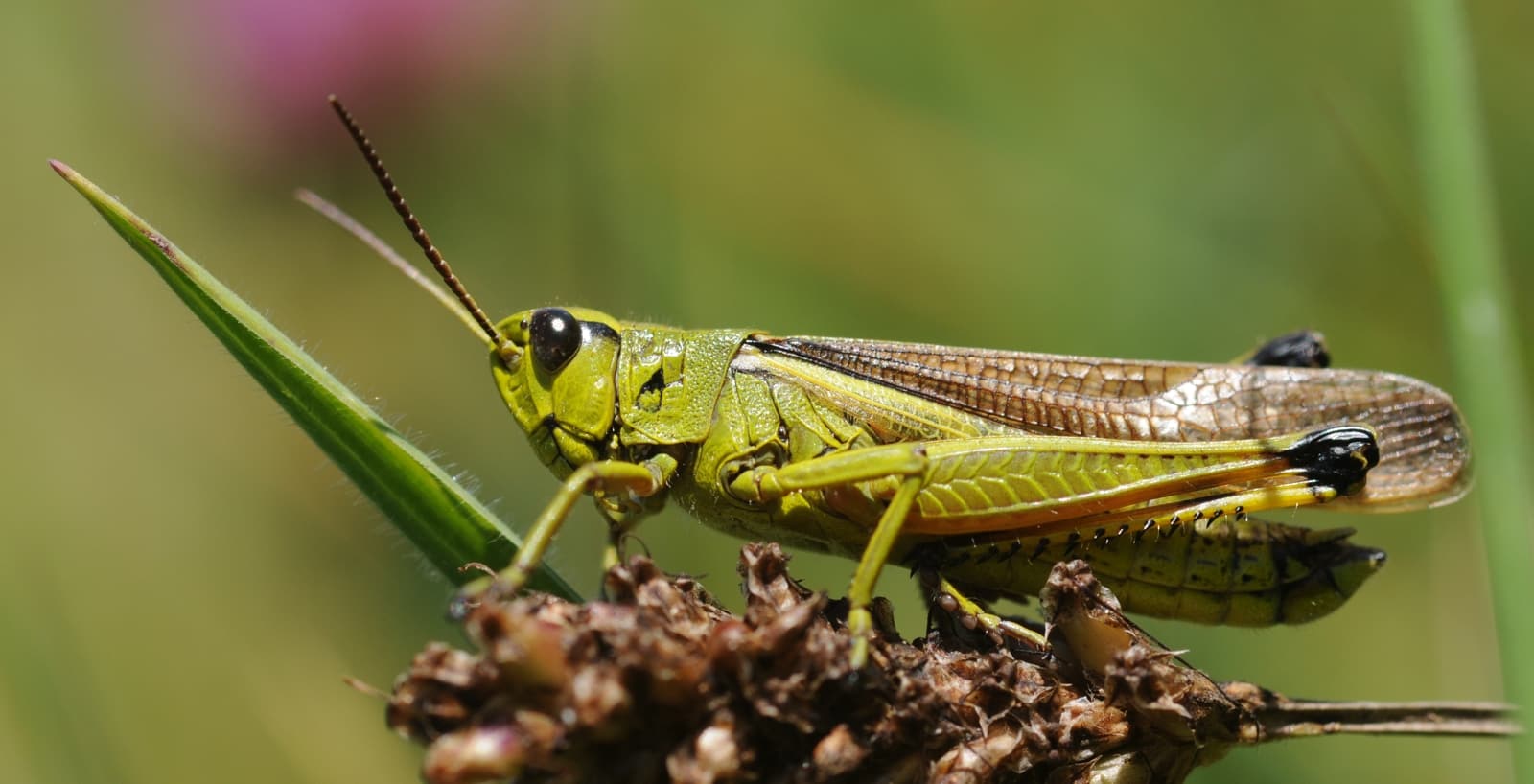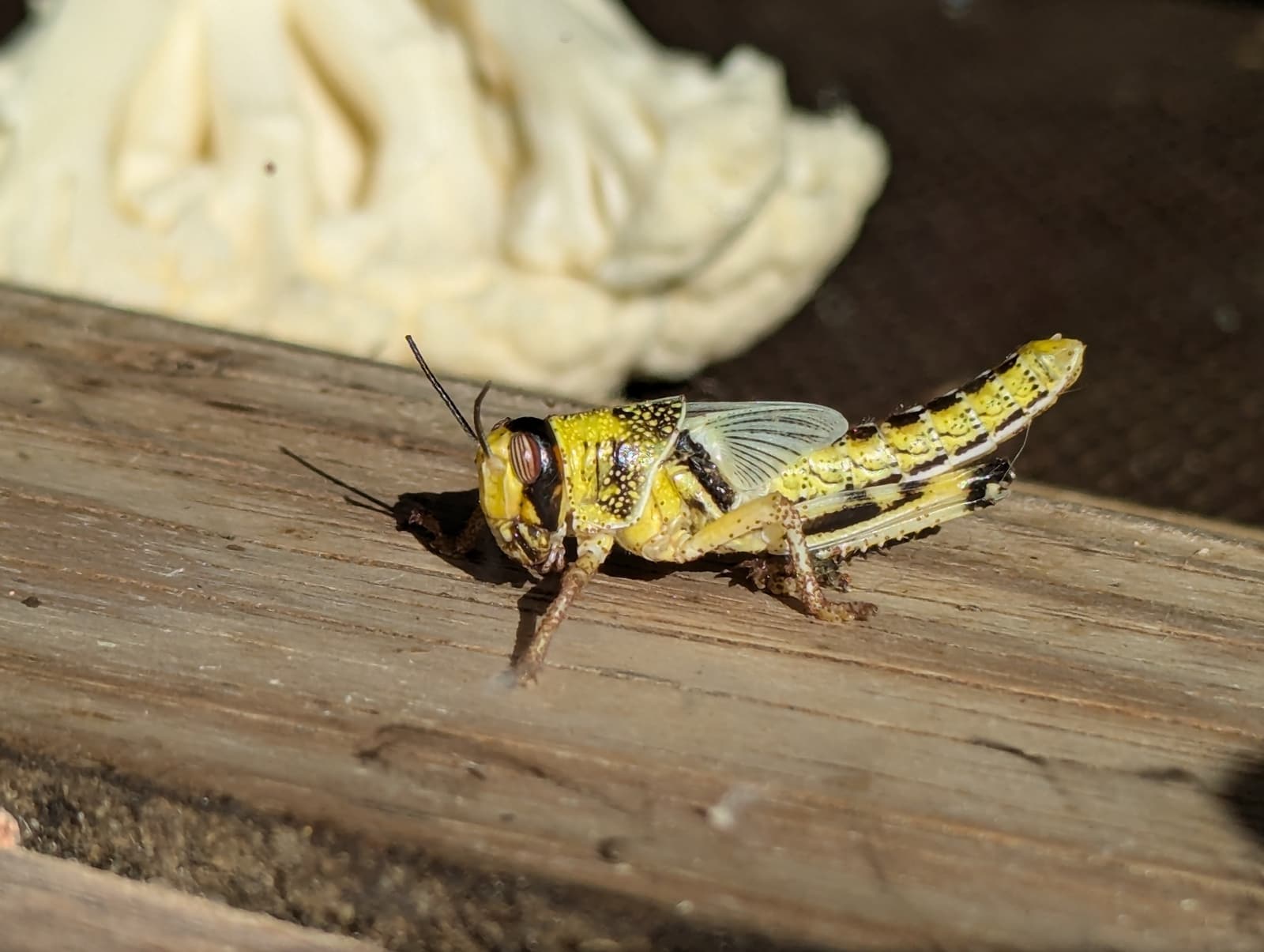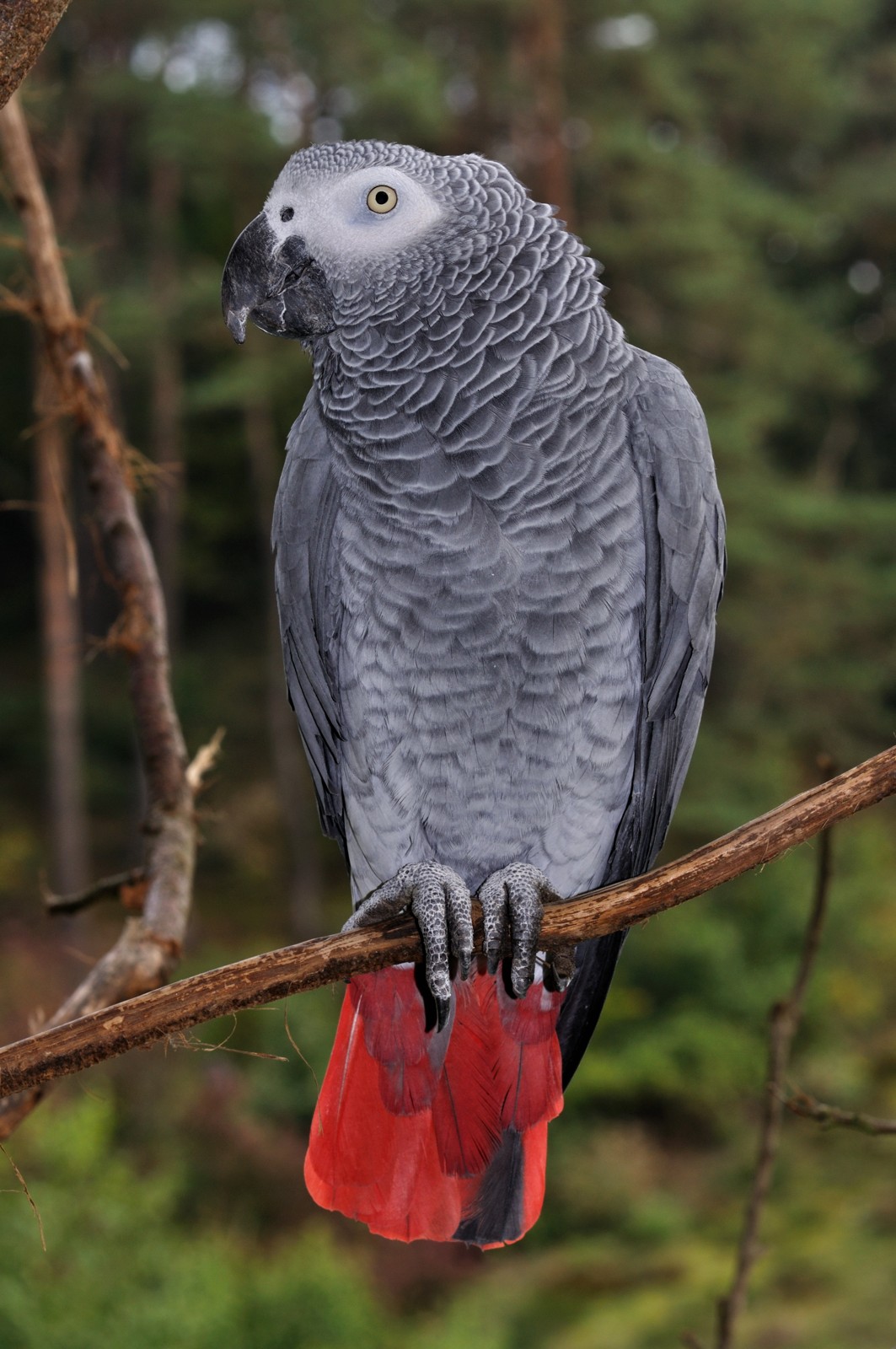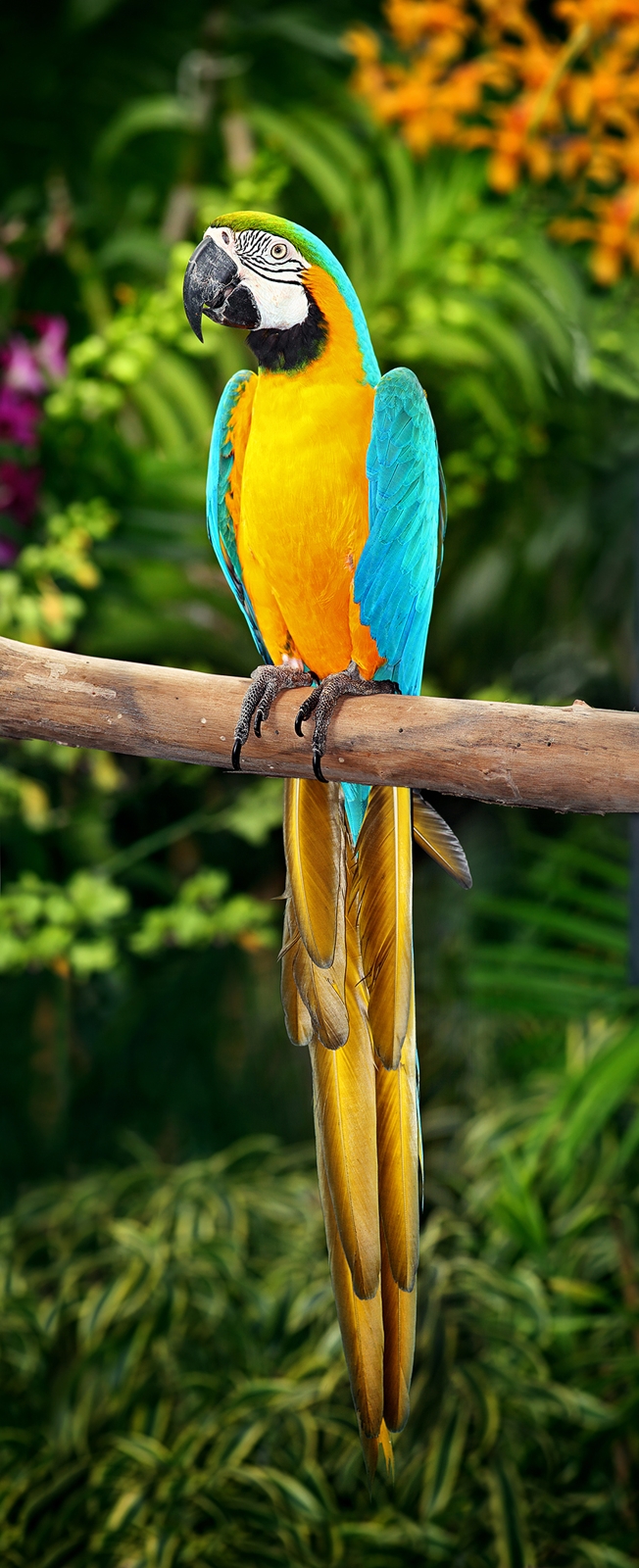Box Turtle vs Painted Turtle: A Complete Comparison
When comparing Box Turtle vs Painted Turtle species, the most striking difference lies in their habitat preferences and shell structure. Box turtles are primarily terrestrial, spending most of their time on land, while painted turtles are aquatic creatures that rarely venture far from water. The average box turtle reaches 4-6 inches (10-15 cm) in length, while painted turtles typically grow slightly larger at 5-7 inches (12-18 cm).
Perhaps the most distinctive feature separating these species is the box turtle’s unique hinged plastron (bottom shell), which allows it to completely close its shell for protection – a feature absent in painted turtles. This adaptation reflects their different evolutionary paths and survival strategies in their respective habitats.
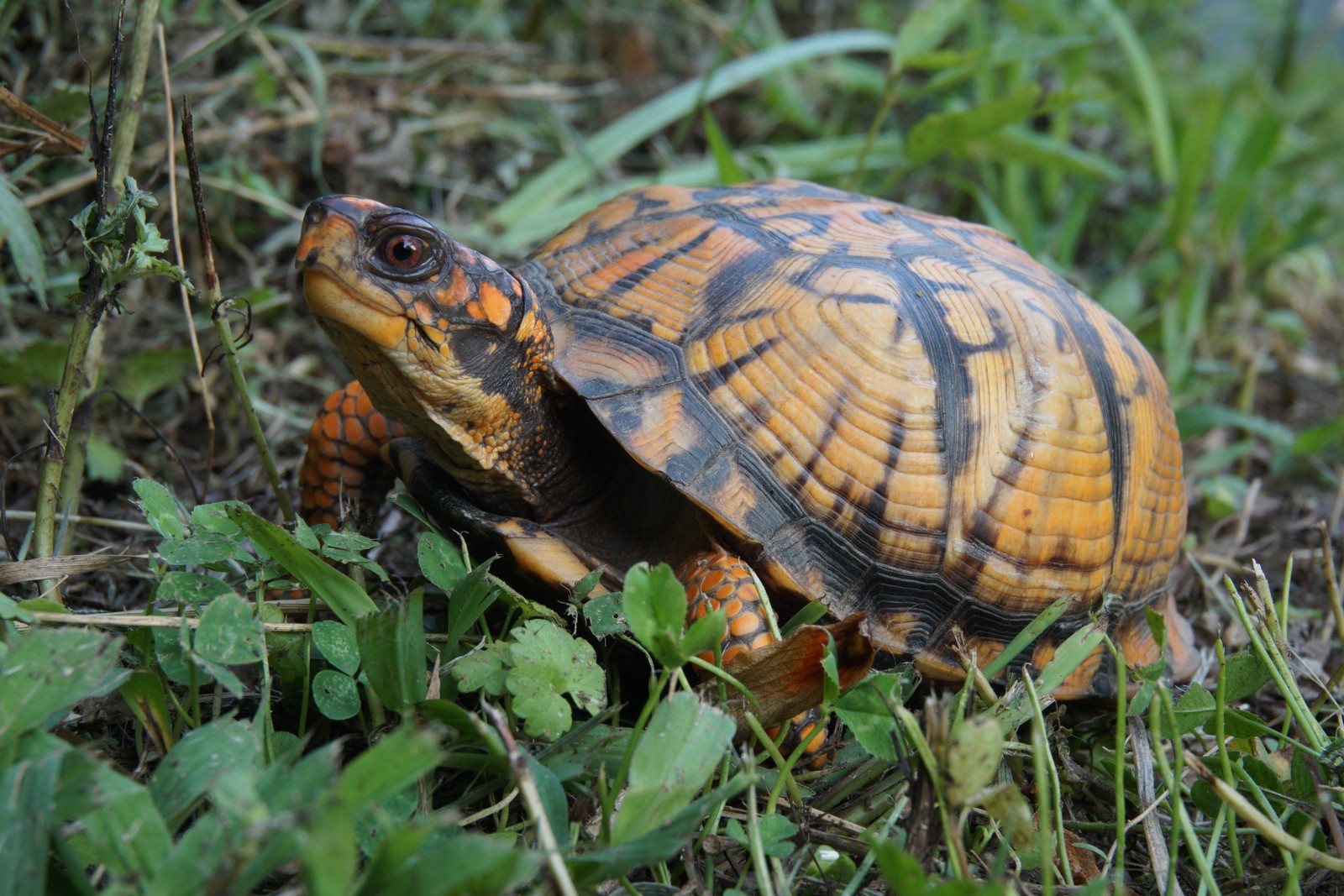
© Jasper Shide / CC0
The Eastern Box Turtle displays its characteristic high-domed shell and terrestrial adaptations, including sturdy legs for walking on land and a hinged plastron for complete protection from predators.
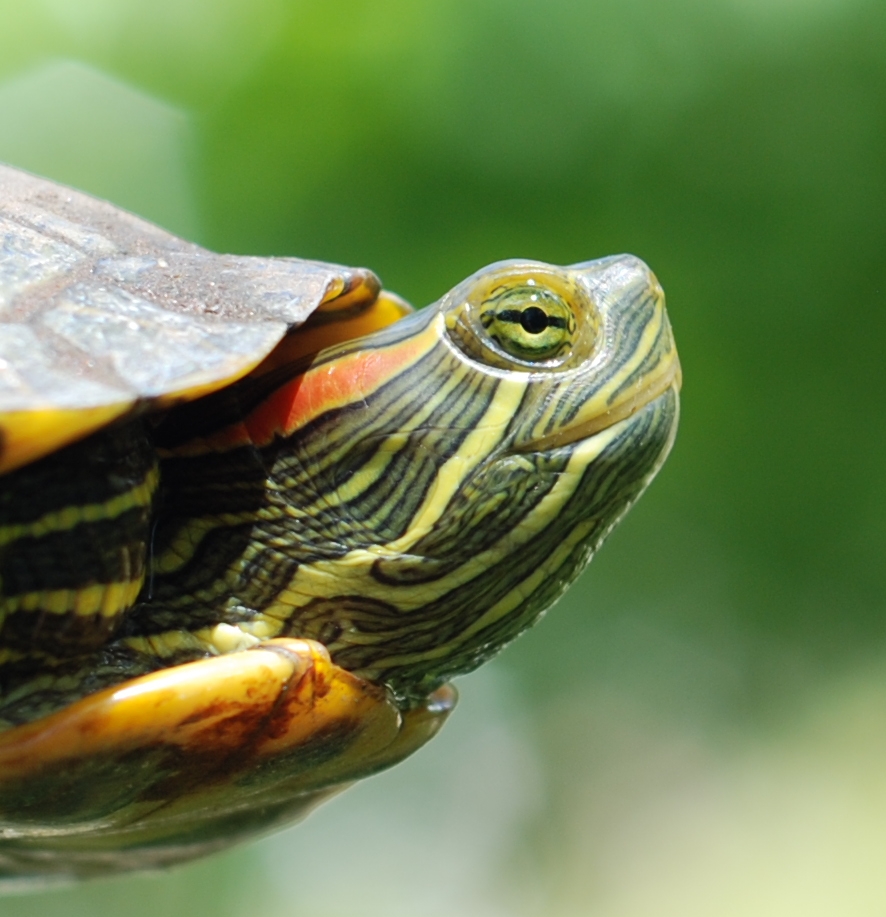
© Jarek Tuszyński / CC BY 4.0
The Painted Turtle exhibits its streamlined aquatic profile, with distinctive yellow stripes and a flatter shell design optimized for swimming and diving in freshwater environments.
Key Differences Between Box Turtles and Painted Turtles
| Feature | Box Turtle | Painted Turtle |
|---|---|---|
| Habitat | Terrestrial; woodlands, meadows | Aquatic; ponds, lakes, slow rivers |
| Shell Structure | High-domed with hinged plastron | Flatter, streamlined, no hinge |
| Size | 4-6 inches (10-15 cm) | 5-7 inches (12-18 cm) |
| Lifespan | 50-100 years | 20-30 years |
| Diet | Omnivorous: insects, plants, fungi | Omnivorous: aquatic plants, fish, insects |
| Swimming Ability | Limited; prefers shallow water | Excellent; primarily aquatic |
Habitat and Behavior
Box turtles thrive in woodland environments, spending their days foraging through leaf litter and navigating terrestrial obstacles. They’re excellent diggers, creating shallow burrows for shelter and hibernation. In contrast, painted turtles are skilled swimmers, typically only leaving the water to bask on logs or rocks, or to lay eggs.
Physical Characteristics
The most notable physical differences between these species include:
- Shell Shape: Box turtles have a high-domed carapace, while painted turtles possess a smoother, more hydrodynamic shell
- Feet Structure: Box turtles have elephant-like feet for walking, whereas painted turtles have webbed feet for swimming
- Shell Closure: Box turtles can completely close their shell; painted turtles cannot
- Coloration: Painted turtles display bright yellow and red markings, while box turtles typically show brown and yellow patterns
Care Requirements
Box Turtle Care
- Requires terrestrial enclosure with soil for digging
- Humidity maintenance crucial (70-80%)
- UVB lighting essential
- Temperature gradient 75-85°F (24-29°C)
- Regular access to shallow water dish
Painted Turtle Care
- Large aquatic setup with basking area
- Water depth minimum 10 inches (25 cm)
- Water temperature 75-80°F (24-27°C)
- Strong filtration system required
- UVB lighting for basking area
Natural History and Conservation
Both species face habitat loss challenges, but box turtles are particularly vulnerable due to their slow reproduction rate and specific habitat requirements. While painted turtles adapt well to suburban environments with suitable water bodies, box turtles struggle with habitat fragmentation and road mortality.
Which Makes a Better Pet?
The choice between a box turtle and painted turtle depends largely on the keeper’s experience and setup capabilities:
- Box Turtles: Better for those with limited space but willing to maintain proper humidity
- Painted Turtles: Ideal for keepers ready to invest in substantial aquatic setups
Both species can make excellent pets when their specific care requirements are met, but neither should be considered low-maintenance pets. Their care needs differ significantly, reflecting their distinct evolutionary adaptations to different ecological niches.
Frequently Asked Questions
Do Box Turtles or Painted Turtles Live Longer?
Box turtles typically have longer lifespans, often reaching 50-100 years in captivity, while painted turtles generally live 20-30 years.
Which Species Is Better for Beginners?
Painted turtles are generally considered easier for beginners, provided proper aquatic setup requirements can be met. Their feeding and environmental needs are typically more straightforward than those of box turtles.
Can Box Turtles and Painted Turtles Live Together?
No, these species should not cohabitate due to their different habitat requirements and potential disease transmission risks. Each species requires specific environmental conditions that would be unsuitable for the other.
